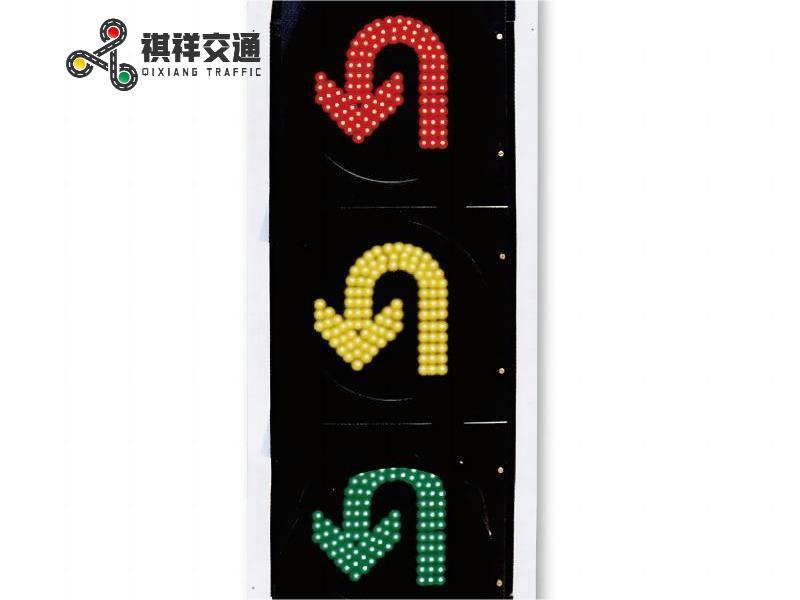The red light is “stop”, the green light is “go”, and the yellow light is on “go quickly”. This is a traffic formula that we have been memorizing since childhood, but do you know why the traffic flashing light chooses red, yellow, and green instead of other colors?
Color of traffic flashing lights
We know that visible light is a form of electromagnetic waves, which is the part of the electromagnetic spectrum that can be perceived by the human eye. For the same energy, the longer the wavelength, the less likely it is to scatter, and the farther it travels. The wavelengths of electromagnetic waves that ordinary people’s eyes can perceive are between 400 and 760 nanometers, and the wavelengths of light of different frequencies are also different. Among them, the wavelength range of red light is 760~622 nanometers; the wavelength range of yellow light is 597~577 nanometers; the wavelength range of green light is 577~492 nanometers. Therefore, whether it is a circular traffic light or an arrow traffic light, the traffic flashing lights will be arranged in the order of red, yellow, and green. The top or leftmost must be a red light, while the yellow light is in the middle. There is a reason for this arrangement – if the voltage is unstable or the sun is too strong, the fixed order of the signal lights is easier for the driver to identify, so as to ensure driving safety.
History of traffic flashing lights
The earliest traffic flashing lights were designed for trains rather than cars. Because red has the longest wavelength in the visible spectrum, it can be seen farther than other colors. Therefore, it is used as a traffic signal light for trains. At the same time, because of its eye-catching features, many cultures regard red as a warning sign of danger.
Green is second only to yellow in the visible spectrum, making it the easiest color to see. In the early railway signal lights, green originally represented “warning”, while colorless or white represented “all traffic”.
According to “Railway Signals”, the original alternative colors of railway signal lights were white, green and red. A green light signaled a warning, a white light signaled it was safe to go, and a red light signaled stop and wait, as it is now. However, in actual use, the colored signal lights at night are very obvious against the black buildings, while the white lights can be integrated with anything. For example, the common moon, lanterns, and even white lights can be integrated with it. In this case, the driver is very likely to cause an accident because he cannot distinguish clearly.
The invention time of the yellow signal light is relatively late, and its inventor is Chinese Hu Ruding. The early traffic lights only had two colors, red and green. When Hu Ruding was studying in the United States in his early years, he was walking on the street. When the green light turned on, he was about to move on when a turning car passed by him, scaring him out of the car. In a cold sweat. Therefore, he came up with the idea of using a yellow signal light, that is, a high-visibility yellow with a visible wavelength second only to red, and stay in the “warning” position to remind people of danger.
In 1968, the United Nations “Agreement on Road Traffic and Road Signs and Signals” stipulated the meaning of various traffic flashing lights. Among them, the yellow indicator light is used as a warning signal. Vehicles facing the yellow light cannot cross the stop line, but when the vehicle is very close to the stop line and cannot stop safely in time, it can enter the intersection and wait. Since then, this regulation has been used all over the world.
The above is the color and history of traffic flashing lights, if you are interested in traffic flashing light, welcome to contact traffic flashing light producer Qixiang to read more.
Post time: Mar-17-2023







